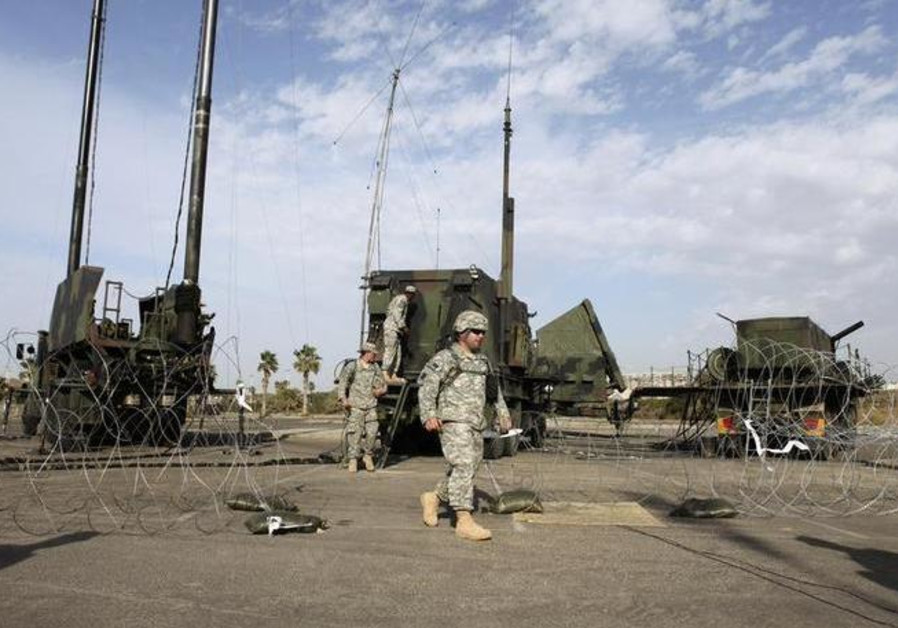Event will see companies demonstrate their radars for US Army’s Lower Tier Air and Missile Defense System.

Lockheed Martin and Israel’s ELTA Systems are in the final stages of teaming up for the US Army’s “sense-off” demonstration, industry sources confirmed to The Jerusalem Post.
Set to take place between May and June at the White Sands Missile Range in New Mexico, the “sense-off” will see several companies demonstrate radars for the US Army’s Lower Tier Air and Missile Defense System, Defense News reported.
According to the report, which referred to an October 29 notice posted to the Federal Business Opportunities website, every company will have roughly two weeks on the range to demonstrate the capabilities of their radar systems. The selection is expected to happen by the end of the year and one vendor will be chosen to build six prototypes by the end of 2022.
ELTA, a subsidiary of Israel Aerospace Industries, has sold radars to militaries around the globe – most recently to Trinidad and Tobago, as well as Barbados and Mexico in late March.
The key sensor in the system sold to the three countries is ELTA’s ELM-2226 Advance Coastal Surveillance Radars, which detects all types of targets on the surface of the sea even under adverse sea conditions. The ELM-2226 has a detection range of 20 nautical miles for rubber boats, 60 nautical miles for patrol craft and up to the radar horizon for large ships.
The company also signed a deal with Finland in January to supply the ELM-2311 Compact Multi-Mission Radar Systems to the Finnish Army.
The ELM-2311 is capable of carrying out several missions simultaneously. The radar uses advanced 3D Active Electronically Steered Array antenna technology and can be transported on a single vehicle for maneuvering forces.
The radar locates hostile weapon locations and calculates point of impact and point of origin in real time while simultaneously providing friendly-fire ranging.
In April, ELTA marked the acquisition of the 100th MMR system worldwide, with sales exceeding $1.9 billion.
The system, initially developed for the IDF and improved for the Iron Dome missile defense system a decade ago, is now a main sensor for the Iron Dome, David’s Sling and the land-based Barak short-to-long range missile system.
The radar has been operationally proven through more than 1,500 intercepts in battle since 2011 and continues to be improved with updated technologies.
In September, the US Army carried out a two-week long Short Range Air Defense (SHORAD) demonstration at the White Sands Missile Range to test which missile system could be deployed in the near term to best protect ground maneuvering targets against an increasingly wide range of aerial threats.
The Iron Dome is reported as having gone up against three other potential options during the SHORAD tests, including systems by Boeing and General Dynamics Land Systems’ specially-armed Stryker vehicles.
In February, Washington purchased the Iron Dome for an immediate need of its army to fill its short-term needs in its Indirect Fire Protection Capability.
As reported by The Jerusalem Post
